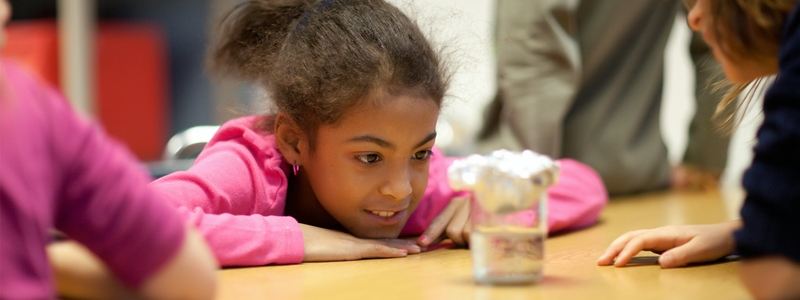Problem: The NGO was created in the United States in 1993 with the aim of changing the traditional teaching method, which is based on expository, teacher-centered classes that are not practical and are disconnected from the reality of the students. In addition, the project strives to involve not only parents but also the community in the day to day activities of the school.

Solutions: The organization operates in partnership with schools to implement an innovative curriculum that includes teaching resources, based on the coaching method, that are developed by professors. Educators encourage students to engage in the learning process through the development of projects that are related to important real world challenges.
Ten principles, known as Design Principles, express the project's philosophy and values. They are: the primacy of self-discovery; the having of wonderful ideas; the responsibility for learning; empathy and caring; success and failure; collaboration and competition; diversity and inclusion; the natural world; solitude and reflection, and, finally, service and compassion.
The children and teenagers conduct long term investigations, which can last for months, into subjects that they want to discover and learn about or subjects that concern them, such as performing an on-site water quality evaluation of a river or raise funds to help maintain the library of a school in Ghana. Afterward, students present the conclusions they have drawn to their classmates, teachers, parents, the community and even to companies. In order to implement the method, teachers are trained to learn how to guide the students' research. During this training, teachers also participate in projects that involve the study of real life issues.
The students at King Middle School, in Portland, Maine, went on a field trip with their teachers to collect water samples from one of the city's rivers. By using lab equipment, they tested the quality of the water in order to later perform analyzes and write reports about the situation they encountered.
The NGO maintains a center, known as the Center for Student Work, for documenting and divulging the students' work. It showcases projects in all kinds of formats, such as drawings, photographs, videos, texts and studies that were produced by students of various ages. More than 165 schools spread across 33 American states have partnered up with this NGO.
Outcomes: After three years of studying with this method, students are ten months ahead of other students in math and seven months ahead in reading ability. By using this method, students increase their academic engagement and socialize more; they develop a healthy skepticism regarding accepted academic knowledge and improve their problem solving capabilities; they understand the role of leadership, organize family conferences and conduct formal presentations before specialists. Students also develop projects and conduct high quality field studies while also participating in community affairs. Parents and family members participate more in the learning process.





